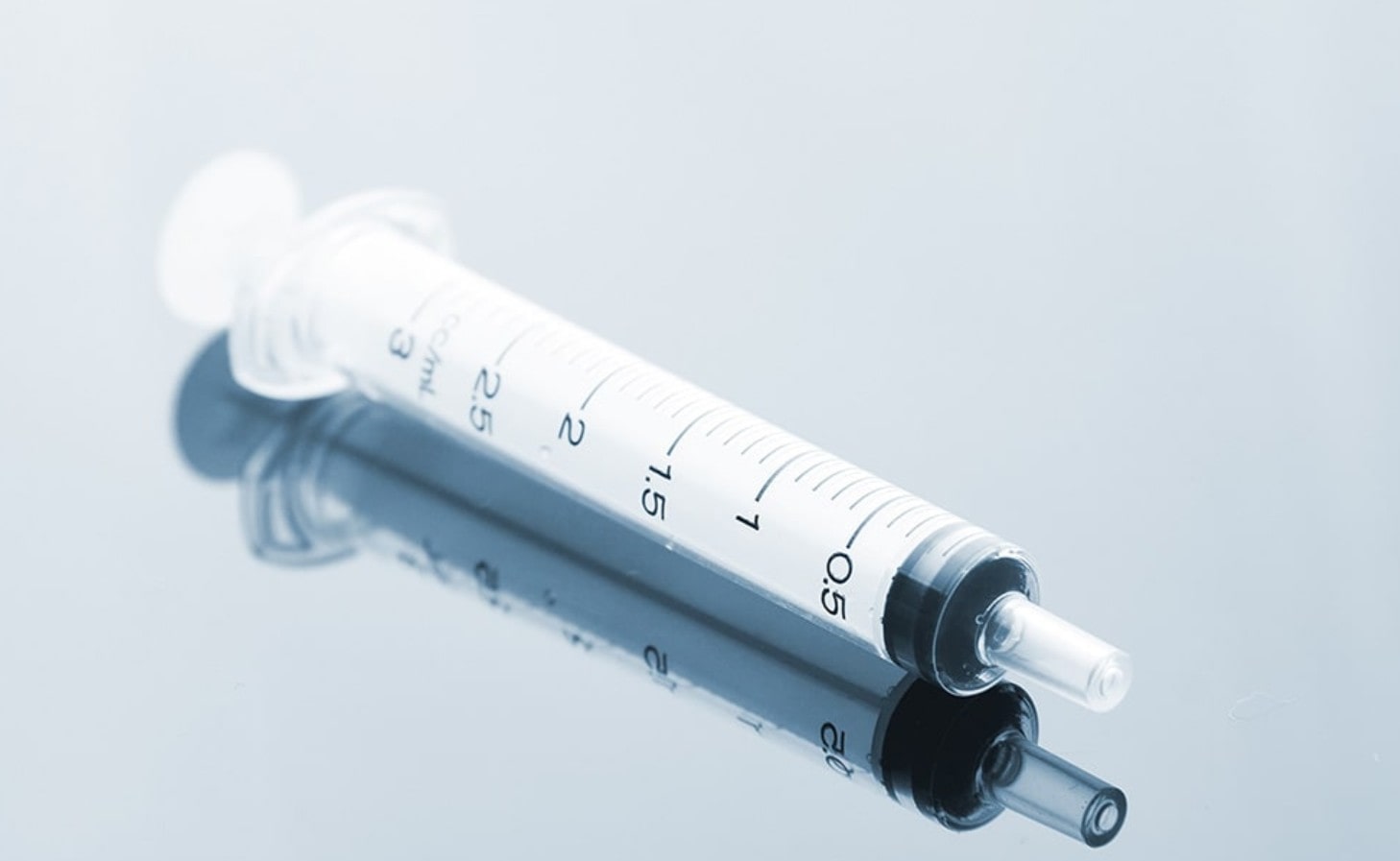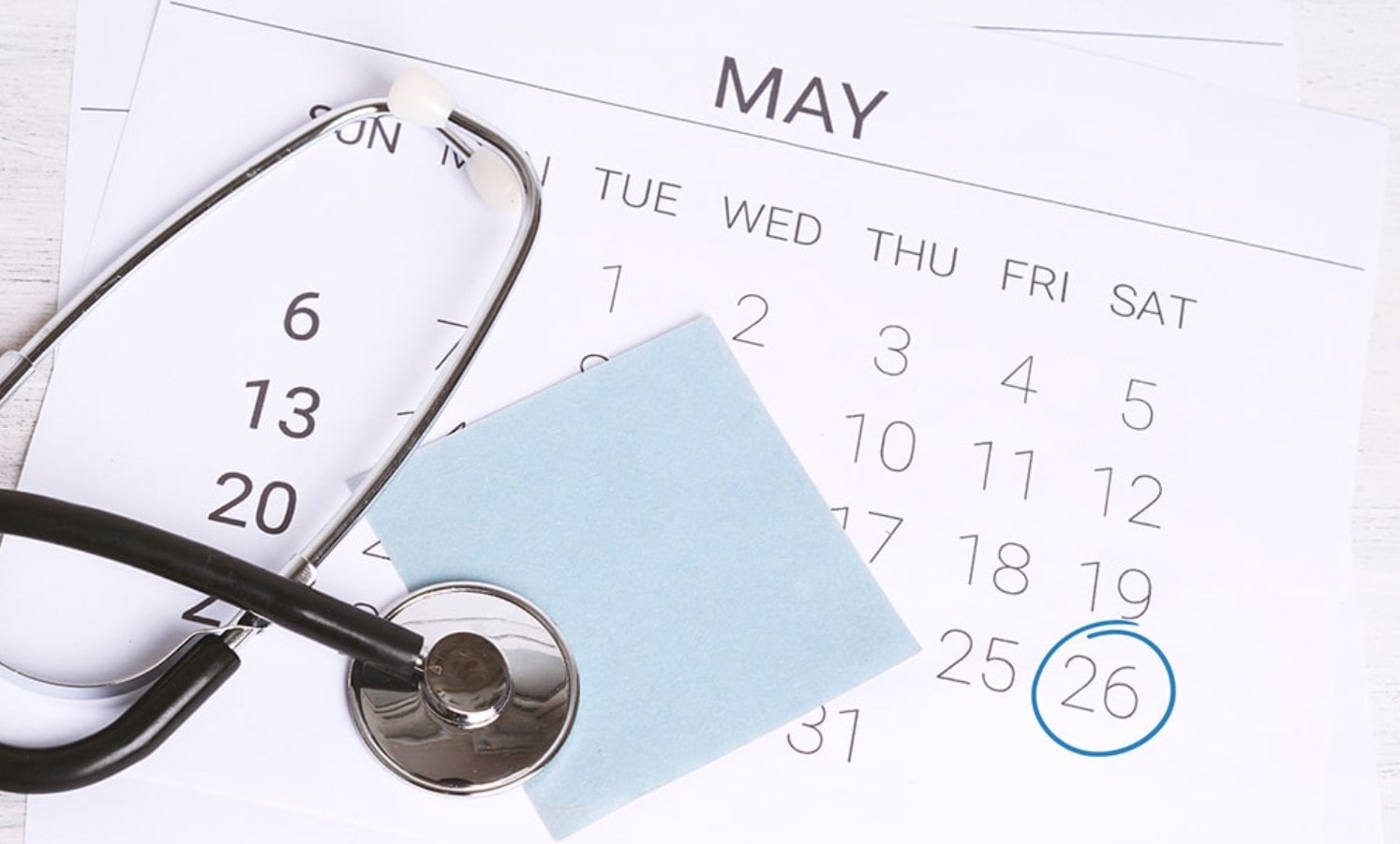
Quick Summary:
Feeding tube clogs hinder the proper flow of food and medication. It can be helpful to follow preventative measures to keep your feeding tube clear from air bubbles and blockage.
This blog explores the causes and symptoms of clogging, as well as the solutions. Prevention is key, though there are many ways to combat clogging when it happens. Continue reading to learn about how to handle blockage in your feeding tube.
Click a link to jump to the section.
Introduction
Enteral feeding is useful for individuals with difficulty ingesting food or medicine. Along with a feeding bag and extension parts like syringes or pumps, a set requires a corresponding feeding tube.
This tube connects securely to the bag, delivering nutrients and medication to the stomach or small intestine. Proper tube maintenance is crucial to a patient’s health and safety.
Clogged feeding tubes are a common issue. Caretakers should act quickly to ensure patients receive necessary nutrients. Clogs often result from thrush buildup, narrow tubing, inadequate water flushes, and disregard for proper medicine administration.
You can do a number of things for enteral device troubleshooting. Apply the syringe to the tubing and try to clear the tube with warm water. Employ a gentle push and pull movement with the plunger, letting it soak for 20 minutes.
If water isn’t clearing the tube, you can use mechanical devices like brushes and decloggers to remove blockage. Enzymes like Viokace and Clog Zapper™ are another helpful solution for dissolving residue.1 Feeding tube clog prevention calls for regular tube feeding maintenance. This means flushing before and after each administration,2 dissolving medications, and keeping the tube closed when not in use.3
1. Identify a Clog Early
Blockage occurs when food or medicine builds up in a feeding tube. Signs of tube blockage include feeding delivery issues. This may look like slowed or stopped flow, patient symptoms like cramping or nausea, and pump alarms.
Feeding pump alarms can help warn users about flow issues in their tubing. Pump alarm troubleshooting involves correcting blockage or kinks in your tubing. You might also need to clean the pressure sensor or replace the set if there is damage to the door or sensor.4
2. Use Proper Flushing Techniques
Follow tube flush guidelines to keep your enteral feeding set safe and clear from blockage. Make sure you are flushing before and after each feed or administration, as well as between different medications.
A warm water feeding tube flush prevents buildup in your tube. Flush at least 30 mL of lukewarm water through your tubing every 8 hours, depending on your doctor’s direction. Discuss the syringe flush volume with your healthcare provider if needed. Adequate water administration helps maintain tubing and patient hydration.
Gently push the plunger to expel water through the tube. When you don't need the tubing for active feeding, thoroughly flush it with water at least once every 24 hours. This keeps it clear for future use.


3. Try a Gentle Unclogging Method
Along with warm water, enzyme unclog solutions are also highly effective at freeing blockage. Because of their alkaline pH, enzymes are great at dissolving buildup.
Clinicians can use one tablet of Viokace with ⅛ teaspoon baking soda for tube clogs. Clog Zapper™ is commercially available and activates easily with water.
Maintain care when flushing, as forceful movements can damage or rupture the tubing. Despite popular belief, you should never use soda, tenderizer, or hot water when flushing a feeding tube. Safe syringe pressure tips include gently flushing and ensuring a steady, controlled motion.
4. Check Kinks and Connections
You’ll want to regularly inspect feeding tube kinks, ensuring the tube path is free from bends, snags, and twists to ensure proper flow.
Air bubbles can cause clogging, inaccurate measurements, and patient discomfort. Holding your bag and tubing upright is essential, as proper positioning keeps air from entering the tube.
Conduct enteral feeding air bubble checks. When necessary, re-seat tubing connectors to ensure seal integrity.


5. Replace Components When Needed
Knowing when to replace feeding supplies is important. If flushing isn’t helping, consider changing feeding extensions as needed. You may want to replace extension sets or syringes as well as tubing.
Maintain a feeding tube parts schedule. Follow the manufacturer’s recommended parts replacement timetable to prevent tube weakening, leakage, and dislodgement.
Replace balloon tubes about every 3-6 months. You can replace some more durable, hard-plastic tubes yearly. Talk to your healthcare provider about when you should plan to come in for replacements.5
6. Prevent Future Clogs
To prevent clogging in the future, try using liquid enteral formula when possible. Fully dissolved formulas are vital to preserving feeding tube flow.
Following a post-medication flush routine helps you clear all residue from your tube. Flush with warm water before and after medications and between each syringe use.
Regular flushing also helps avoid tube air blockage. Users should keep tubing free of air bubbles to maintain consistent flow.
7. When to Seek Help
It helps knowing when to call pump support or healthcare providers. When you’ve tried gentle flushing methods to no avail, speak to your doctor about ways to safely clear the blockage.
Consider enteral nutrition help signs like leakage, unusual odors, or feeding intolerance. Symptoms like fever, nausea, and infection can be a cause for concern. Reach out when faced with persistent feeding tube issues such as clogs or pump malfunction.
Conclusion
Clogged feeding tubes may add onto the costs of feeding equipment and impede patient nutrition. Feeding tubes should be clear from blockage to secure a steady flow. Users can employ prevention measures to keep clogging from happening in the future.
Prevent clogged feeding tubes with a few simple steps. Ensure proper medicine administration, flush regularly (before and after each feed), and replace tubes when needed. When clogging occurs, clear the tube with warm water, flush with enzyme dissolvers, or use mechanical tools for removal.
Staying proactive and prepared is key to troubleshooting clogs in feeding tubes. Careful maintenance helps ensure smooth nutrition and medication delivery.
Footnotes
1 "Fisher, C. & Blalock, B. (2014, March)." Clogged Feeding Tubes: A Clinician’s Thorn University of Virginia School of Medicine.
2 "Kent Community Health NHS Foundation Trust (2022, July 1)." Feeding tube blockages
3 "Carrera, A.L. (2015, December 3)." Tube Feeding: How to Unclog Your Feeding Tube Shield Healthcare.
4 "Moog Medical (2005)." EnteraLite Infinity Troubleshooting Guide
5 "Cleveland Clinic (2024, February 21)." Tube Feeding (Enteral Nutrition)


Login and Registration Form